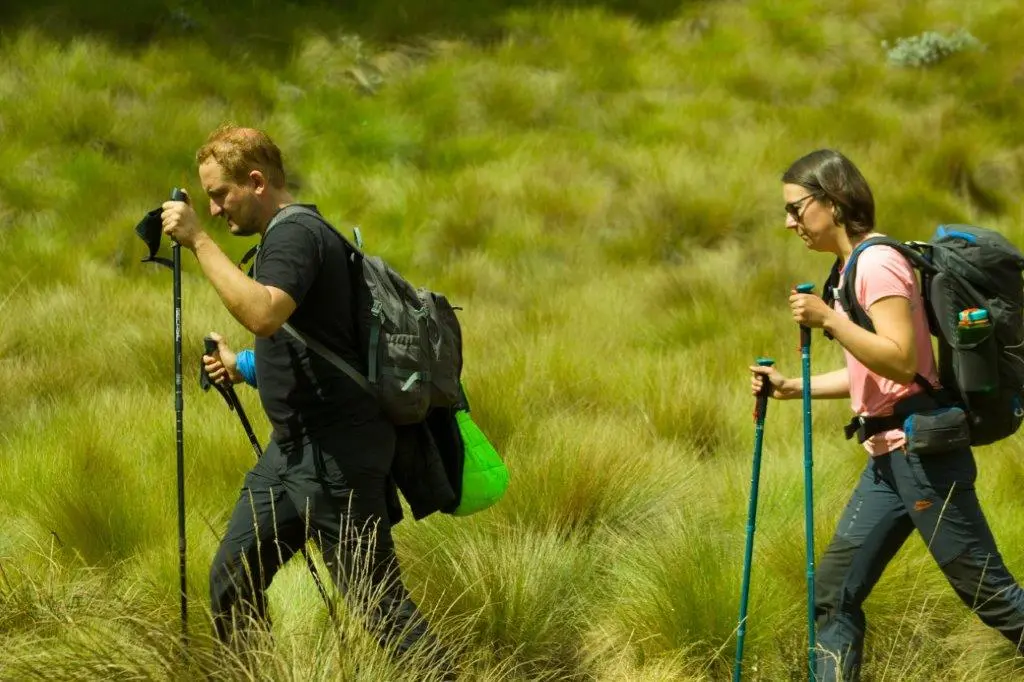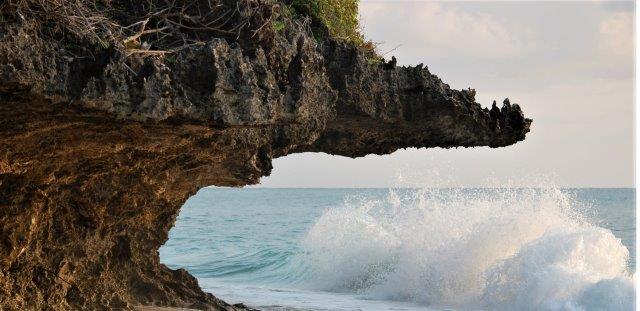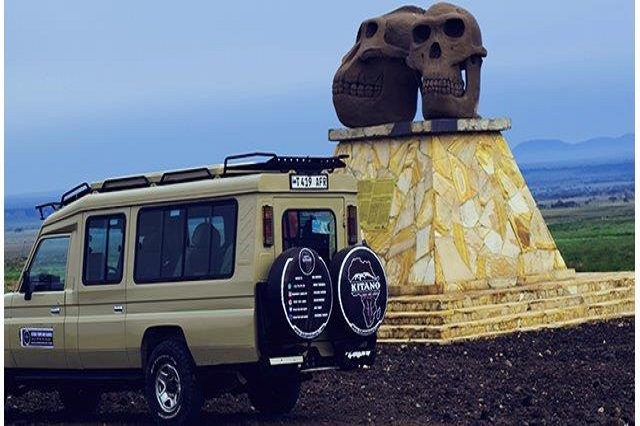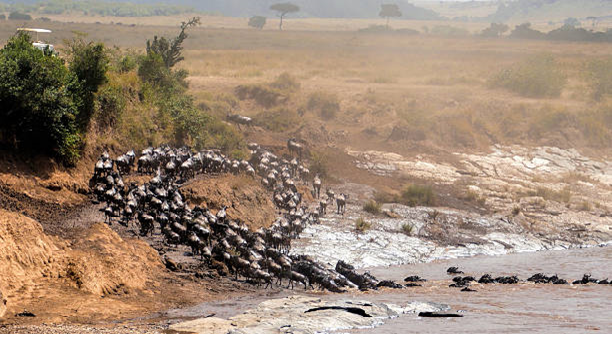Choose a route: Kilimanjaro has several routes to choose from. The Marangu route is the most popular, while the Machame and Lemosho routes are the most scenic. Choose a route that suits your fitness level and experience.
Get in shape: Climbing Kilimanjaro requires a good level of physical fitness. Make sure you start training at least three months before your climb. Aerobic exercises such as running, cycling, and swimming are great for building stamina.
Pack the right gear: Packing the right gear is essential for a successful climb. You will need a good quality sleeping bag, a warm jacket, hiking boots, waterproof clothing, and a good backpack. You can rent some of these items in Tanzania, but it's better to bring your own gear if possible.
Acclimatize properly: Acclimatization is key to preventing altitude sickness, which can be life-threatening. The best way to acclimatize is to climb slowly and spend a few days at each altitude level. You can also take medication to help with altitude sickness.
Hire a guide: It's mandatory to climb Kilimanjaro with a licensed guide. A good guide will help you navigate the route, ensure your safety, and provide you with valuable information about the mountain and its wildlife.
Choose a reputable tour company: There are many tour companies that offer Kilimanjaro climbs, but not all of them are reputable. Choose a company that has a good track record, employs experienced guides, and provides good quality equipment.
Be prepared for the weather: The weather on Kilimanjaro can be unpredictable. It's important to pack clothing for all weather conditions, including rain, wind, and cold temperatures. It's also a good idea to bring a hat and sunscreen to protect your skin from the sun.
Respect the mountain: Kilimanjaro is a sacred mountain to the local people. It's important to respect the environment and follow the rules and regulations set by the park authorities. Don't litter, don't disturb the wildlife, and don't climb off the designated trail.
Enjoy the journey: Climbing Kilimanjaro is an amazing adventure, but it's also a journey of self-discovery. Take the time to enjoy the scenery, connect with nature, and appreciate the challenge. And most importantly, don't forget to smile and have fun!



